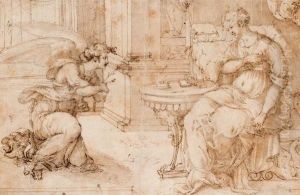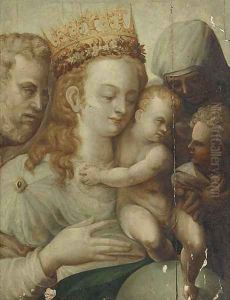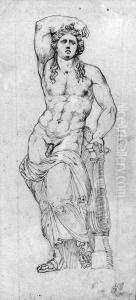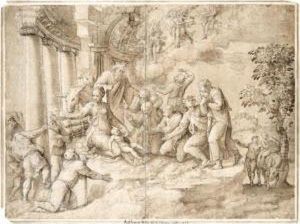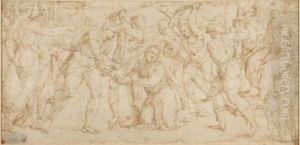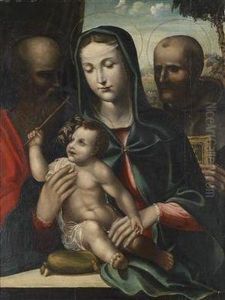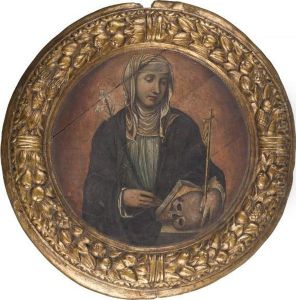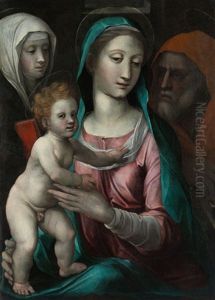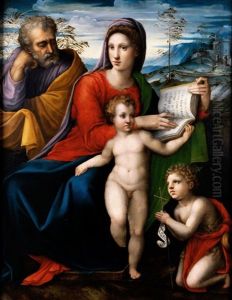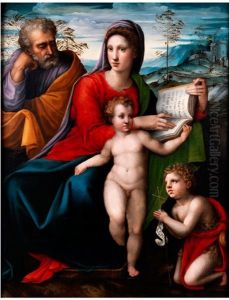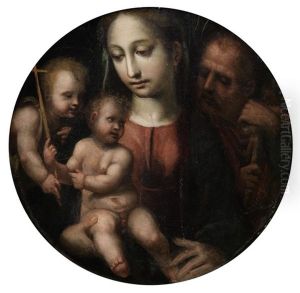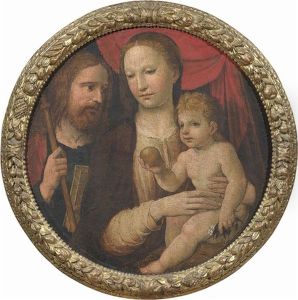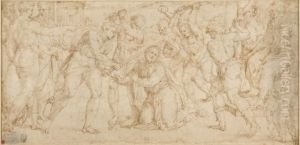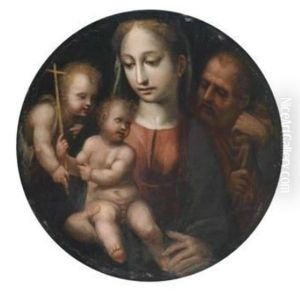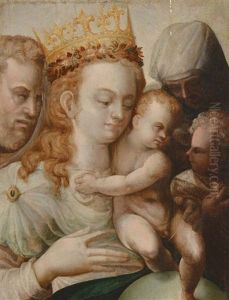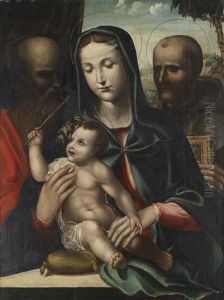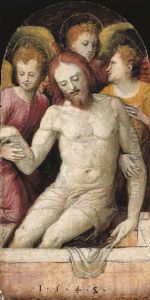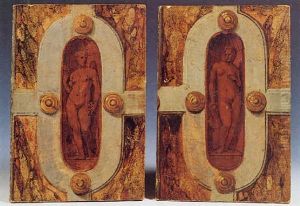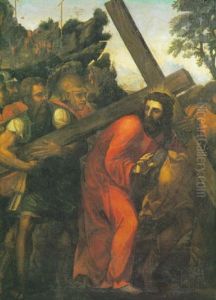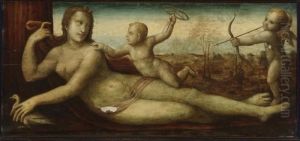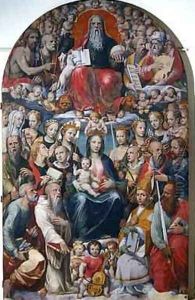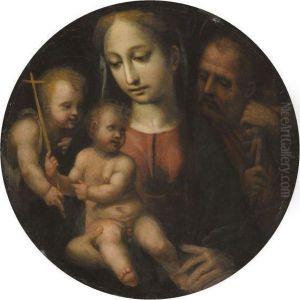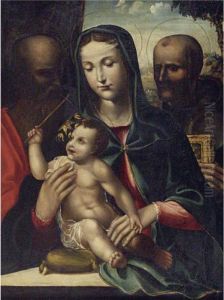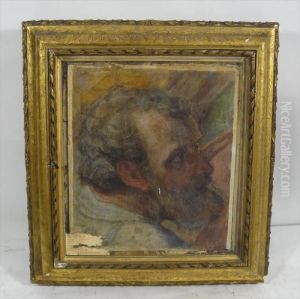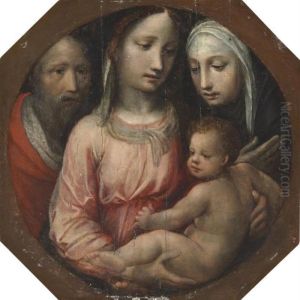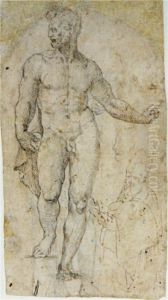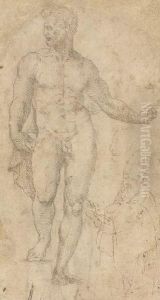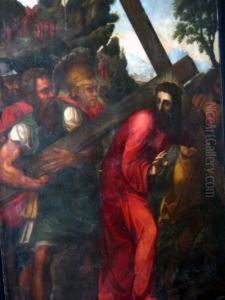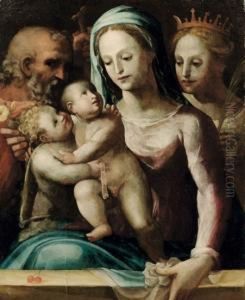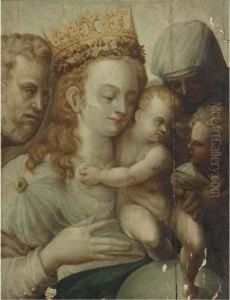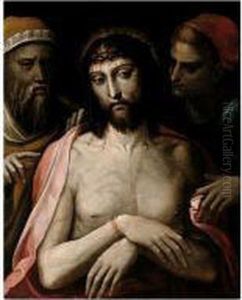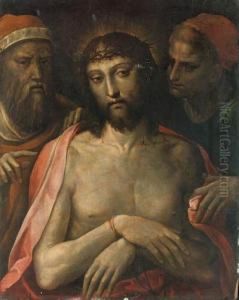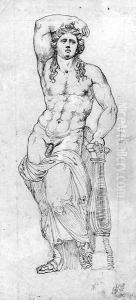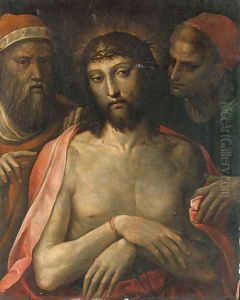Bartolomeo Neroni Paintings
Bartolomeo Neroni, also known as Il Riccio or Bartolomeo di Giovanni Neroni, was an Italian painter, draughtsman, engineer, and architect of the Renaissance period. Born in Siena in 1505, he was active during a time of significant artistic development in Italy. Neroni initially trained under Baldassare Peruzzi, a prominent architect and painter of the era, who had a profound influence on his style and career.
Neroni’s work was primarily based in Siena, where he developed a reputation for his intricate drawings and designs, many of which showcased a strong understanding of geometric principles and Renaissance aesthetics. His contributions to painting were less documented, but he is known to have painted altarpieces and frescoes for various churches in the region.
Apart from his artistic endeavors, Neroni was also recognized as an engineer. He was involved in various projects including fortifications and hydraulic engineering, which were critical during the period, especially in a city-state like Siena that was often engaged in conflicts with neighboring territories.
Neroni's architectural works include the design of the Palazzo Bianchi in Siena, which showcases the classic elements of Renaissance architecture. As a testament to his multifaceted skills, he also worked as a theatrical set designer, creating elaborate stage designs for performances, which was a popular entertainment form during the Renaissance.
Despite his varied talents, Bartolomeo Neroni never achieved the fame of some of his contemporaries such as Michelangelo or Raphael. However, his contributions to the Renaissance movement, particularly within Siena, were significant. He passed away in 1571, leaving behind a legacy that would be appreciated by later generations of art historians and enthusiasts.
